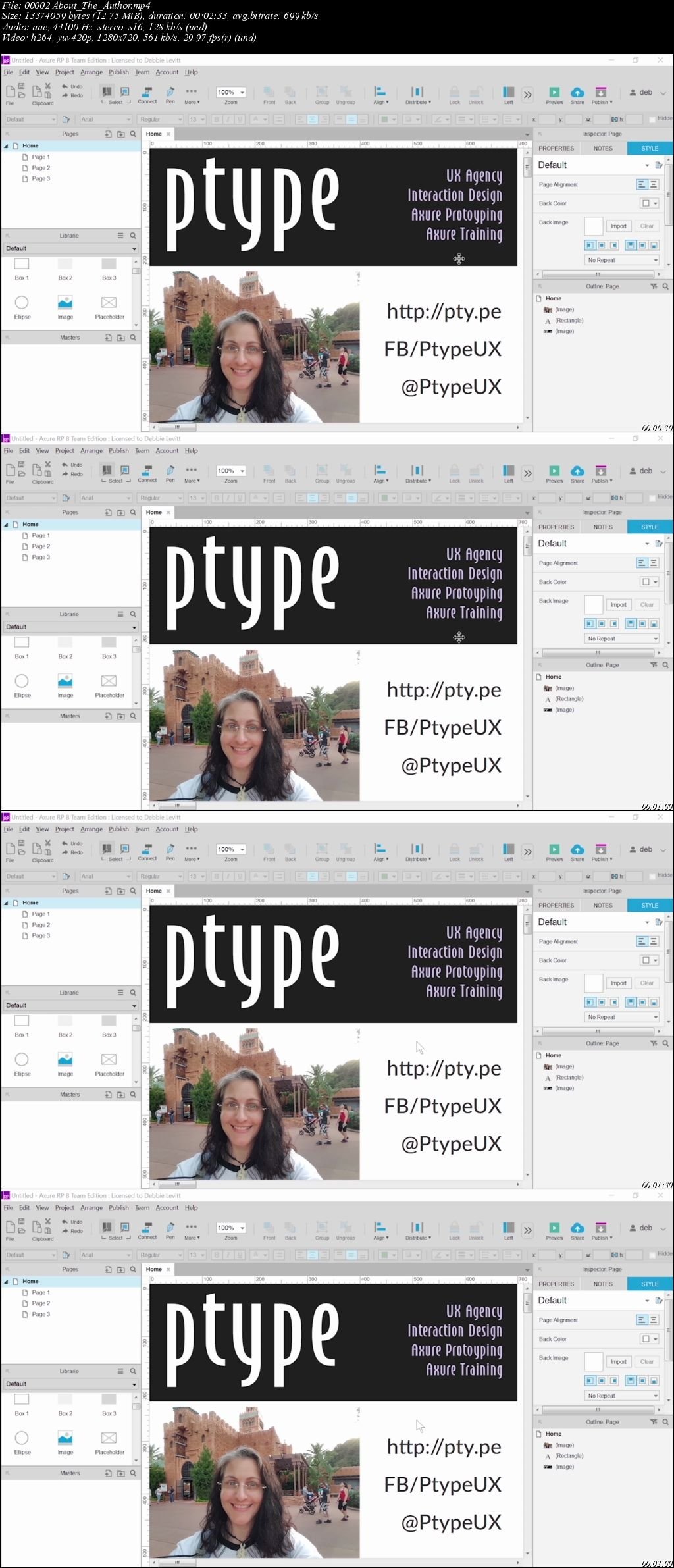
By creating a master, you can apply changes globally to all instances where the master is used, ensuring uniformity and reducing repetitive tasks. They function as templates for common UI components, such as headers, footers, or navigation menus.

Masters in Axure RP are reusable design elements that maintain consistency and increase efficiency across multiple pages in a prototype. Explain the concept of “masters” in Axure RP and how they can help increase efficiency and maintain consistency across multiple pages in a prototype. Collaboration Features: Cloud-based sharing and commenting enable real-time feedback from team members and stakeholders, improving overall design quality. CSS Export: Axure supports exporting designs as CSS code, facilitating collaboration with developers and easing implementation.ħ. Widget Libraries: Pre-built libraries of responsive components help streamline the design process and maintain consistency across projects.Ħ. Preview Mode: Axure’s built-in preview mode allows designers to test their prototypes across different devices and resolutions, ensuring optimal user experience.ĥ. Dynamic Panels: These panels allow for the creation of interactive elements such as carousels or accordions, which adapt to various screen sizes.Ĥ. Fluid Widths: Designers can set fluid widths for widgets, making them automatically resize according to the available screen space.ģ.

Adaptive Views: Axure enables the creation of multiple adaptive views based on predefined breakpoints, ensuring seamless transitions between different screen sizes and orientations.Ģ. It offers several features that support this process:ġ. What specific features does Axure offer to support this process?Īxure RP is a powerful tool for creating responsive design prototypes, allowing designers to efficiently test and iterate on their designs. Describe the use of Axure RP in creating responsive design prototypes. Use basic widgets when creating non-interactive elements like labels, icons, or backgrounds. They are static and do not have built-in interactivity.

For example, use a dynamic panel to create a carousel of images with navigation buttons.Ī basic widget, on the other hand, is a simple UI element such as text, image, or shape. It enables complex interactions like animations, drag-and-drop, or hiding/showing content. Can you describe the difference between a dynamic panel and a basic widget in Axure RP? Provide an example of when you would use each.Ī dynamic panel in Axure RP is a container that holds multiple states, allowing for interactivity and transitions between these states. Whether you’re new to Axure RP or a seasoned professional, this collection will serve as an indispensable resource for deepening your understanding of this dynamic prototyping tool.

These questions encompass topics such as basic functionality, advanced prototyping techniques, best practices, and more. In this article, we present a carefully curated selection of interview questions related to Axure RP. Additionally, Axure RP offers extensive documentation capabilities, allowing users to generate HTML specifications directly from their designs. Designers can work together seamlessly through team projects, ensuring that all stakeholders are consistently aligned and informed throughout the development process. One of Axure RP’s most compelling features is its focus on collaboration. Axure RP’s unique selling point lies in its ability to mimic complex interactions and animations without writing a single line of code, making it a go-to choice for UX professionals across industries.
#Axure rp 8 color sampling issues software#
This powerful software enables designers to create wireframes, mockups, flowcharts, and interactive prototypes with remarkable ease. Axure RP, a cutting-edge and feature-rich prototyping tool, has carved out an impressive niche in the world of User Experience (UX) design.


 0 kommentar(er)
0 kommentar(er)
